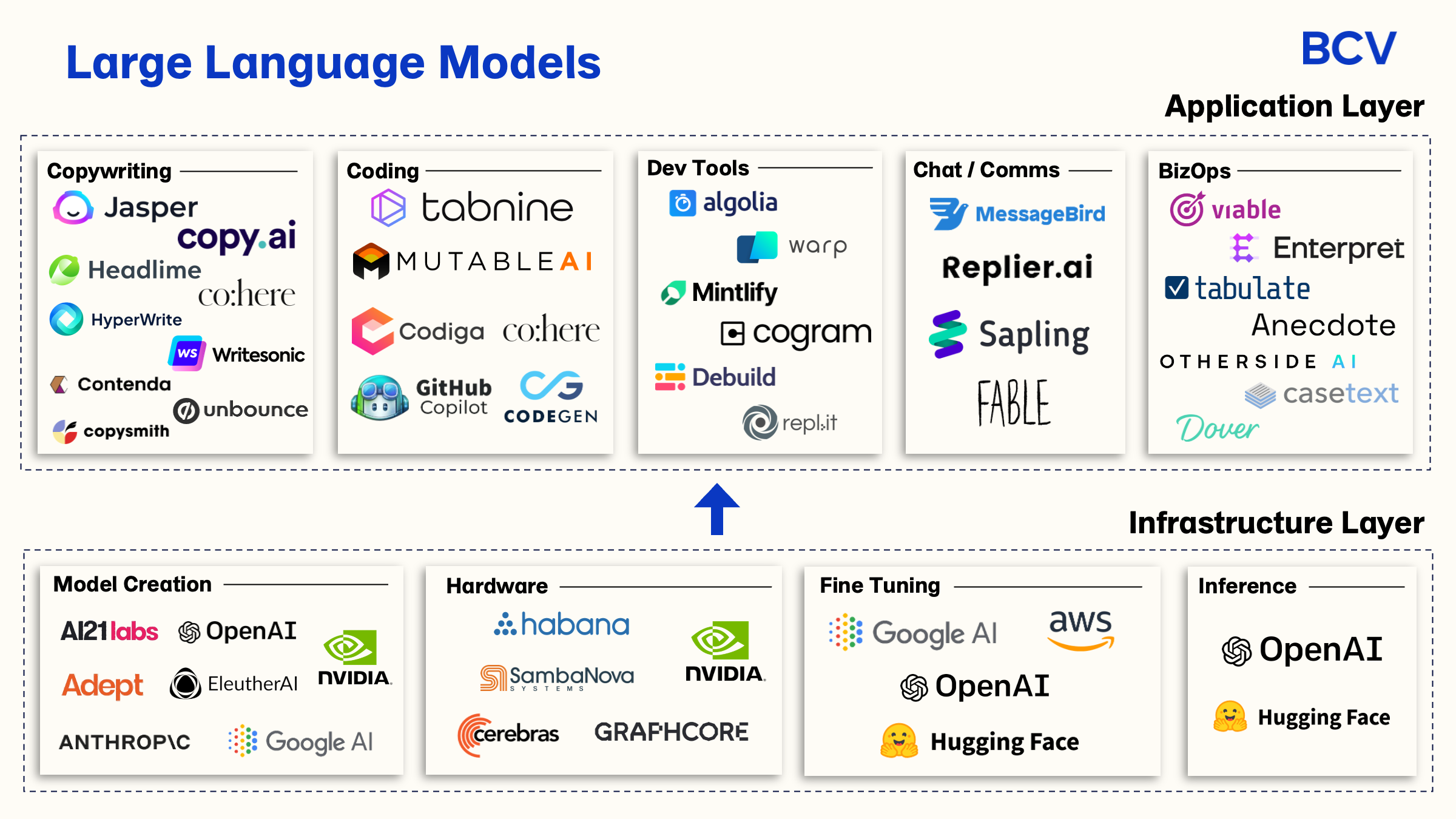12 FAQs on Large Language Models (LLMs)
Contents
- 1 12 FAQs on Large Language Models (LLMs)
- 2 2. What is the underlying basis of LLMs?
- 3 3. How does ChatGPT predict the next word?
- 4 4. How does BERT predict the next word?
- 5 5. What is Tokenization in LLMs?
- 6 6. How do LLMs determine the significance of words and phrases?
- 7 7. What is Pre-training of LLMs?
- 8 8. What is Transfer Training in LLM?
- 9 9. Can you suggest some applications of NLP?
- 10 10. Which are some notable LLMs?
- 11 11. Which model is considered the most robust for LLMs?
- 12 12. What is Moore’s Law for LLMs?
With ChatGPT taking the world by storm, many interviewers are asking questions about it. If any technical term fascinates you, that will be your starting point to go deeper into the architecture of LLMs. Here are 12 FAQs about LLMs:
1. What are Large Language Models?
LLMs are designed to process and comprehend vast volumes of natural language data using deep learning techniques.
2. What is the underlying basis of LLMs?
The foundation of most modern LLMs lies in the Transformer architecture, which incorporates a self-attention mechanism.
3. How does ChatGPT predict the next word?
Autoregressive LLMs, like GPT, make predictions about the next word in a sequence based on the preceding words.
4. How does BERT predict the next word?
Autoencoding LLMs, such as BERT, generate fixed-size vector representations of input text.
5. What is Tokenization in LLMs?
Tokenization in LLMs involves breaking down a sequence of text into individual words, subwords, or tokens using subword algorithms like Byte Pair Encoding (BPE) or WordPiece.

6. How do LLMs determine the significance of words and phrases?
LLMs employ attention mechanisms, particularly self-attention, to weigh the importance of different words or phrases in a given context.
7. What is Pre-training of LLMs?
Pre-training refers to the process of training an LLM on a large dataset, typically unsupervised or self-supervised, prior to fine-tuning it for a specific task.
8. What is Transfer Training in LLM?
Transfer learning in LLMs involves fine-tuning a pre-trained model on a smaller, task-specific dataset to achieve high performance on that particular task.
9. Can you suggest some applications of NLP?
LLMs can be employed for various NLP tasks such as sentiment analysis, question answering, automatic summarization, machine translation, and document classification.

10. Which are some notable LLMs?
Notable LLMs include Turing NLG (Microsoft), the GPT series (OpenAI), BERT (Google), Megatron LM, T-NLG and Ernie 3.0 (Baidu).
11. Which model is considered the most robust for LLMs?
The T5 model, which combines autoencoding and autoregressive language models, leverages the strengths of both types of LLMs.
12. What is Moore’s Law for LLMs?
Moore’s law is a term used to refer to the observation made by the late Gordon Moore in 1965 that the number of transistors in a dense integrated circuit (IC) doubles about every two years. Moore’s Law for LLMs is 10x per year as against double every two years for ICs.
These questions can be the starting point to make you deep dive into the ocean of deep learning. Be confident and crack that interview! All the best!!
TRY Checking :
Use ChatGPT to write a resume and cover letter/ email,
How to Coop up with Evolving Job Roles in the Deep Tech Industry,
DON’T make these mistakes in your CV
![]()